Cambodia, a country with a rich cultural heritage and captivating landscapes, attracts adventurers, history buffs and curious minds. The Cambodian history is a captivating journey through prehistory, ancient kingdoms, empires, colonial rule and tumultuous modern times. Are you ready to embark on this historic journey to the heart of Southeast Asia? Join us as we explore Cambodia’s fascinating past, from the earliest traces of human civilization to the modern nation it is today.
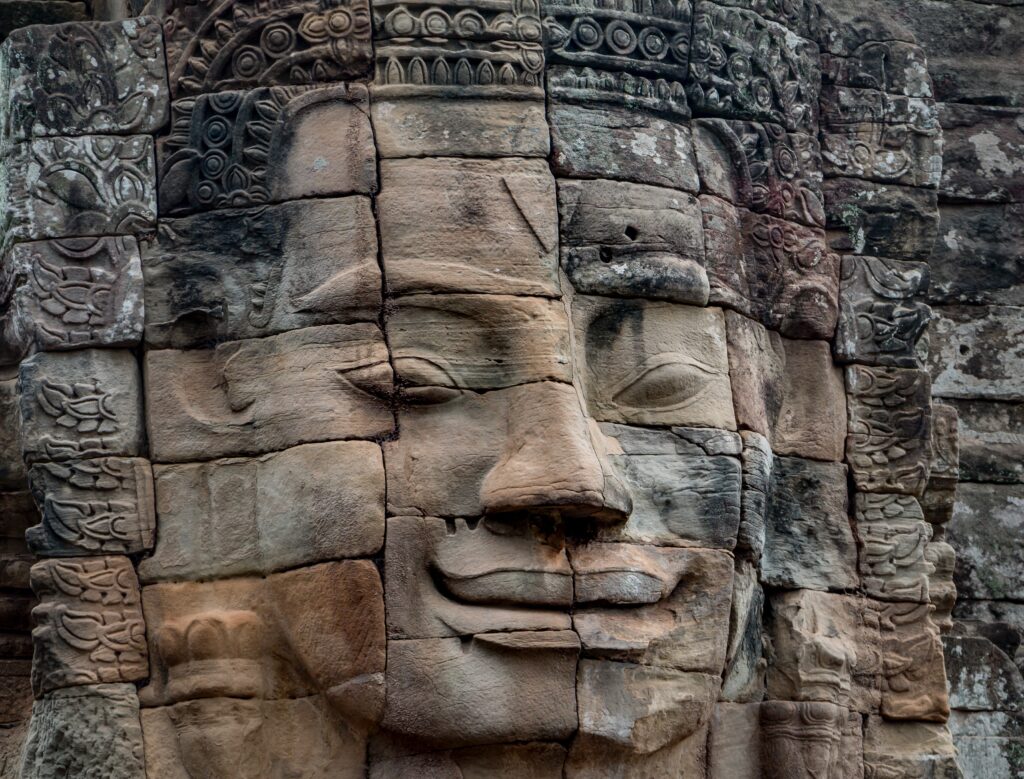
Prehistory and Early Cambodian history
Our voyage through Cambodian history begins with a journey back in time to prehistoric period. Long before the rise of kingdoms and empires, this region was inhabited by early humans. Archaeological evidence reveal that the Khmer people, the ancestors of modern Cambodians, settled here around 2000 BC. These early inhabitants lived in harmony with nature, leaving behind ancient tools, pottery and artwork.
Over millennia, the Khmer people developed a unique culture, deeply rooted in Buddhism and Hinduism. These early spiritual beliefs would later play a significant role in shaping Cambodian history, art, and architecture. As we delve into Cambodia’s prehistory and early history, we discover the foundations of the Khmer civilization and the emergence of the Funan Kingdom.
Funan Kingdom (1st century – 550/627)
Around the 1st century, the Funan Kingdom, one of Southeast Asia’s earliest Indianized states, came to prominence. Funan was a maritime empire that thrived on trade, connecting Southeast Asia to India and China. The kingdom’s wealth and influence were fueled by its strategic location along major trade routes, as well as its agricultural prowess and mastery of water management.
The Funan Kingdom laid the foundations for future Khmer empires by adopting elements of Indian culture and religion, including Hinduism and Buddhism. This cultural fusion shaped the region’s art, architecture, and religious practices. Our journey through Cambodian history will highlight the contributions of the Funan Kingdom and its role in establishing the conditions necessary for the Chenla kingdom to flourish.
Chenla Kingdom (6th century – 802)
The Funan Kingdom eventually gave way to the Chenla Kingdom, which flourished from the 6th century to 802. This period marked a crucial transition in Cambodian history. The Chenla Kingdom expanded its territory and became a dominant power in the region. The architecture of this era displayed a unique blend of Indian and indigenous Khmer styles, paving the way for the greatness of the Khmer Empire.
As we explore the Chenla Kingdom, we’ll discover its complex political structure, cultural achievements, and the early development of Khmer script. The emergence of Buddhism as a main religion helped shape the Khmer identity, setting the stage for the golden age of the Khmer Empire.
Golden age and post-Angkor period of Cambodian history
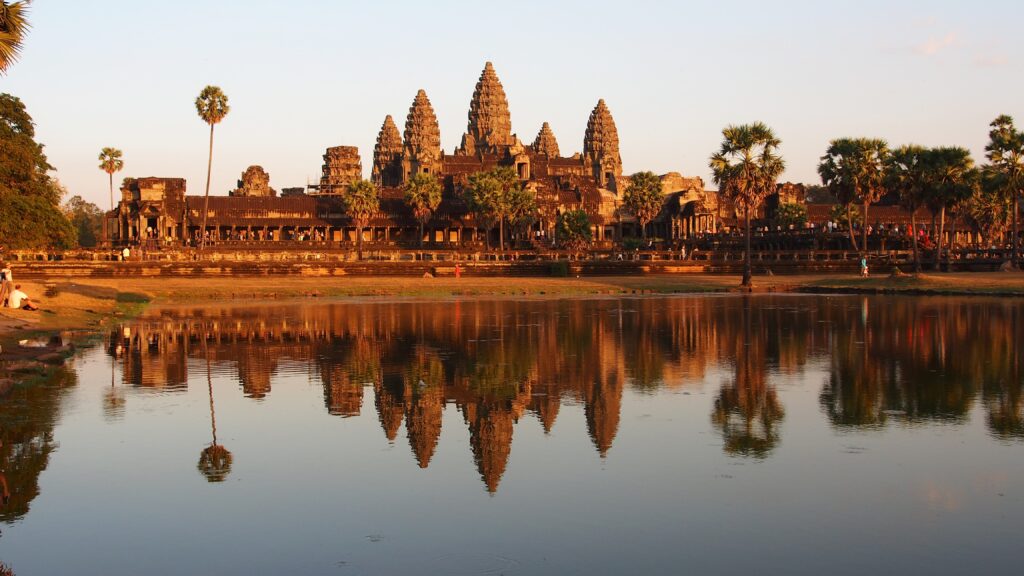
Khmer Empire (802–1431)
The Khmer Empire, which spanned the 9th to 15th centuries, represents one of the most illustrious chapters in Cambodian history. Under the reign of King Jayavarman II, the Khmer empire reached its apogee and built the iconic Angkor Wat, a complex of monumental temples dedicated to the Hindu god Vishnu.
This period is characterized by intricate art, advanced irrigation systems and a complex hierarchical society. The Angkorian kings built numerous temples, reservoirs and cities, leaving an indelible imprint on Cambodian culture. However, the empire faced challenges from neighboring states, and eventually Angkor was abandoned.
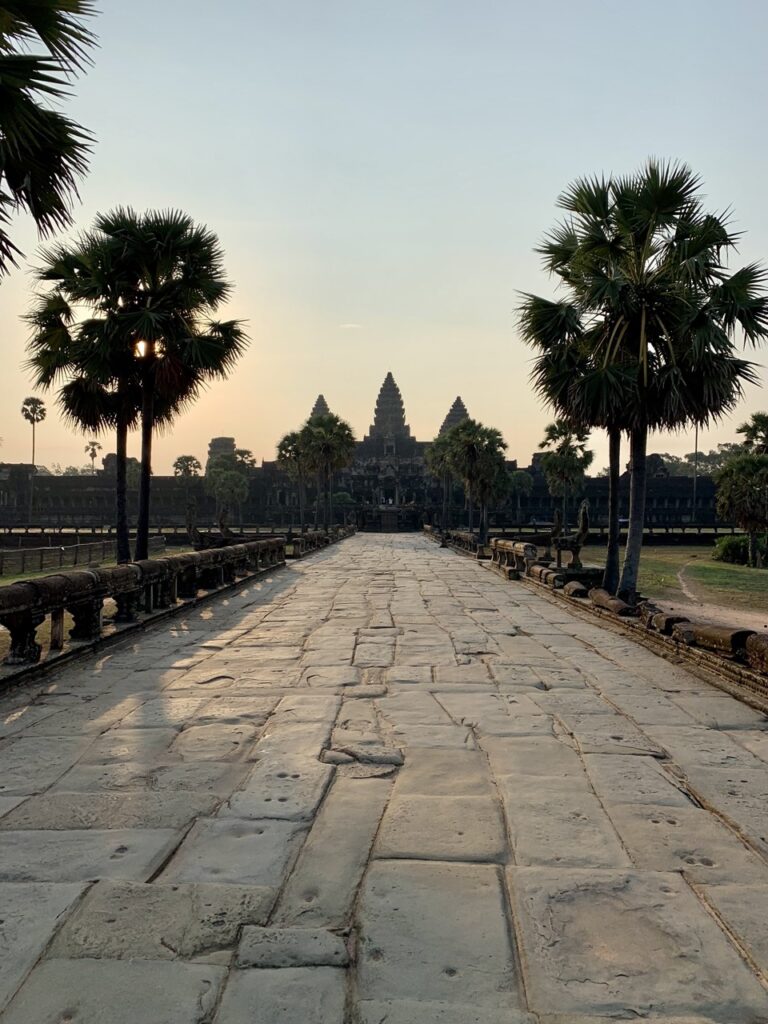
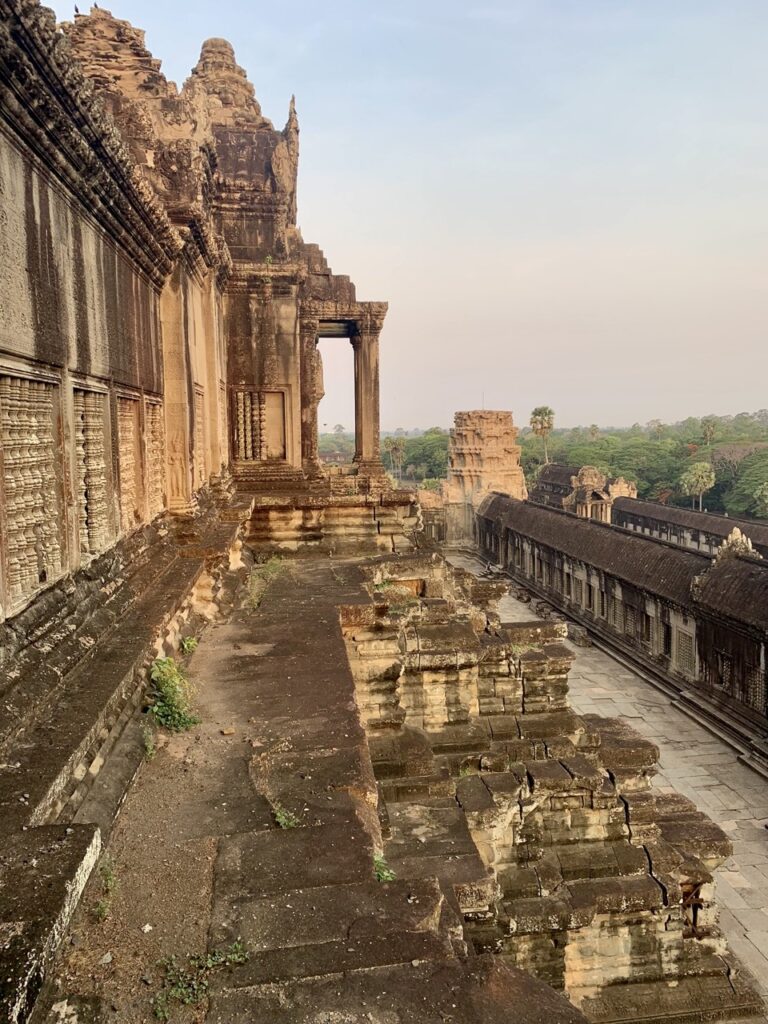
Post-Angkor Period of Cambodia (1431–1863)
After the decline of the Khmer empire and the abandonment of Angkor, Cambodia entered a period of fragmentation and vulnerability. The power vacuum left by the fallen empire led to conflicts between various local rulers and neighboring states. During this period, Cambodia’s capital was moved from one place to another, and the country suffered territorial losses to its neighbors.
The post-Angkor period saw the weakening of the Khmer state, leaving it vulnerable to outside influences. Cambodia faced invasions and interference from its more powerful neighbors, notably the Siamese (Thais) and Vietnamese. But constant struggles for control and domination shaped Cambodia’s geopolitical landscape and paved the way for the arrival of European colonial powers.
A new era of development in Cambodian history
In the following sections of this article, we look at the French colonial era, the reign of King Sihanouk, the Khmer Republic and the Vietnam War, the painful period of the Khmer Rouge, the Vietnamese occupation and Cambodia’s modern era. Each period represents a unique chapter in Cambodian history, shaping the nation as it is today.
This comprehensive exploration of Cambodian history aims to provide you with valuable insights into the nation’s past. By immersing yourself in these historical periods, you’ll better understand the rich tapestry that makes up Cambodia’s cultural heritage. Stay with us to discover the complexities, triumphs and challenges that have shaped this remarkable country. Let’s embark on an exciting journey through time, to understand the heritage of Cambodia and its people.
French Colonial Period (1863–1953)
The 19th century marked an important turning point in Cambodian history with the arrival of French colonial forces. In 1863, Cambodia became a French protectorate, part of French Indochina, which also included Vietnam and Laos. This period of colonial rule had a profound impact on the country’s culture, economy and political structure.
Under French colonial administration, Cambodia experienced both advantages and difficulties. On the one hand, French influence brought modernization to the country, notably through the construction of infrastructure, the introduction of Western education and the improvement of public health. On the other hand, it also led to the exploitation of Cambodia’s resources and the enslavement of its people.
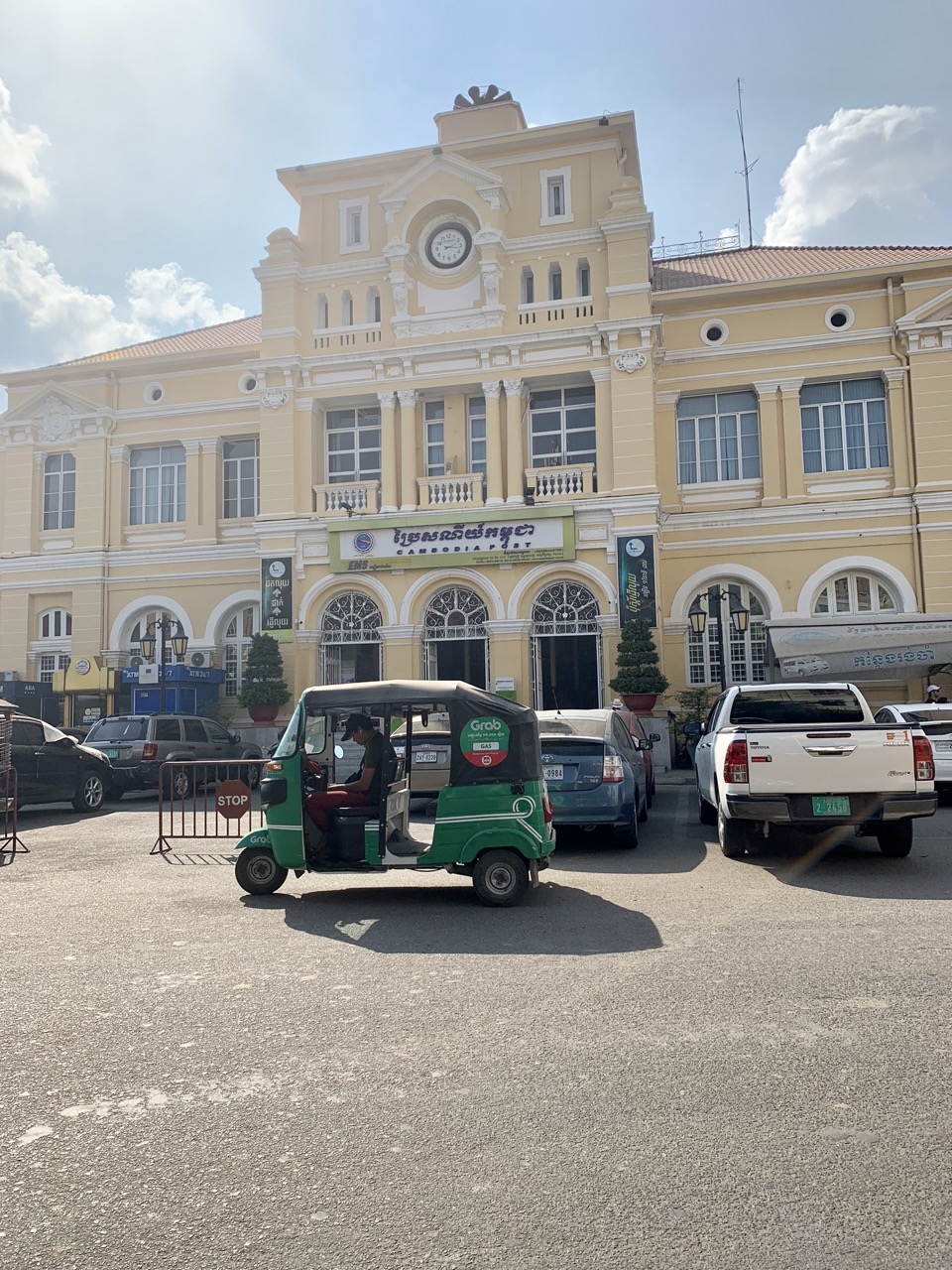
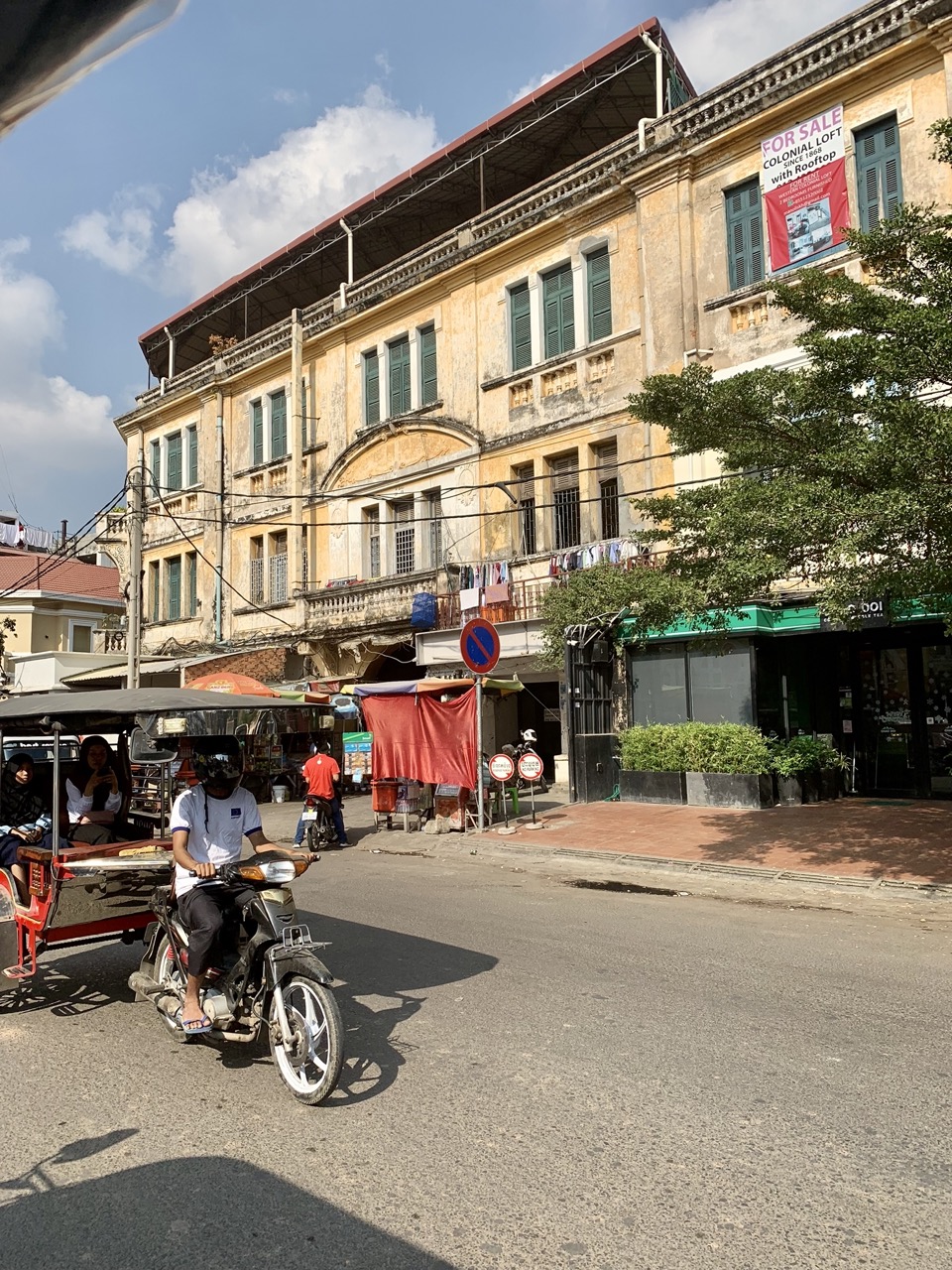
Administration of Sihanouk (1953–1970)
Cambodia’s road to independence began in the middle of the 20th century. In 1953, Cambodia gained full sovereignty from France under the leadership of King Norodom Sihanouk. King Sihanouk played a key role in shaping the nation’s destiny during this period. His policy of neutrality, known as the “Royal Crusade for Independence and Peace”, aimed to keep Cambodia out of the Cold War conflicts.
Sihanouk’s reign was marked by both political progress and turbulence. While he contributed to a degree of stability and economic development, his regime also faced internal and external challenges, including opposition movements and the presence of communist insurgents within the country. The period leading up to the 1970s was one of complexity and change for Cambodia.
Cambodian history recent dark ages
Khmer Republic and the War (1970–1975)
The early 1970s were marked by profound upheavals in Cambodia. In 1970, a coup d’état led by General Lon Nol overthrew King Sihanouk and established the Khmer Republic. But this event marked a period of political turmoil and intensified the country’s involvement in the Vietnam War. Cambodia became a battleground in the wider conflict between the USA and North Vietnam.
The Khmer Republic struggled to maintain control and stability, facing internal opposition and external pressure. The war took its toll on Cambodia’s infrastructure and population, causing massive suffering and displacement. This turbulent period laid the foundations for the tragic events that followed.
Democratic Kampuchea (Khmer Rouge Era) (1975–1979)
The darkest chapter in Cambodian history took place during the era of Democratic Kampuchea, under the Khmer Rouge regime and the leadership of Pol Pot. The Khmer Rouge, a radical communist organization, seized power in 1975, renaming the country Democratic Kampuchea. Their extreme ideology aimed to create a classless agrarian society, but their methods resulted in unimaginable suffering.
During this period, the Khmer Rouge implemented brutal policies including forced labor, mass executions and evacuation of cities. It is estimated that nearly two million people, a quarter of the Cambodian population, perished as a result of executions, forced labor or starvation. The horrors of that era left a deep mark on the nation and a trauma that continues to affect Cambodia today.
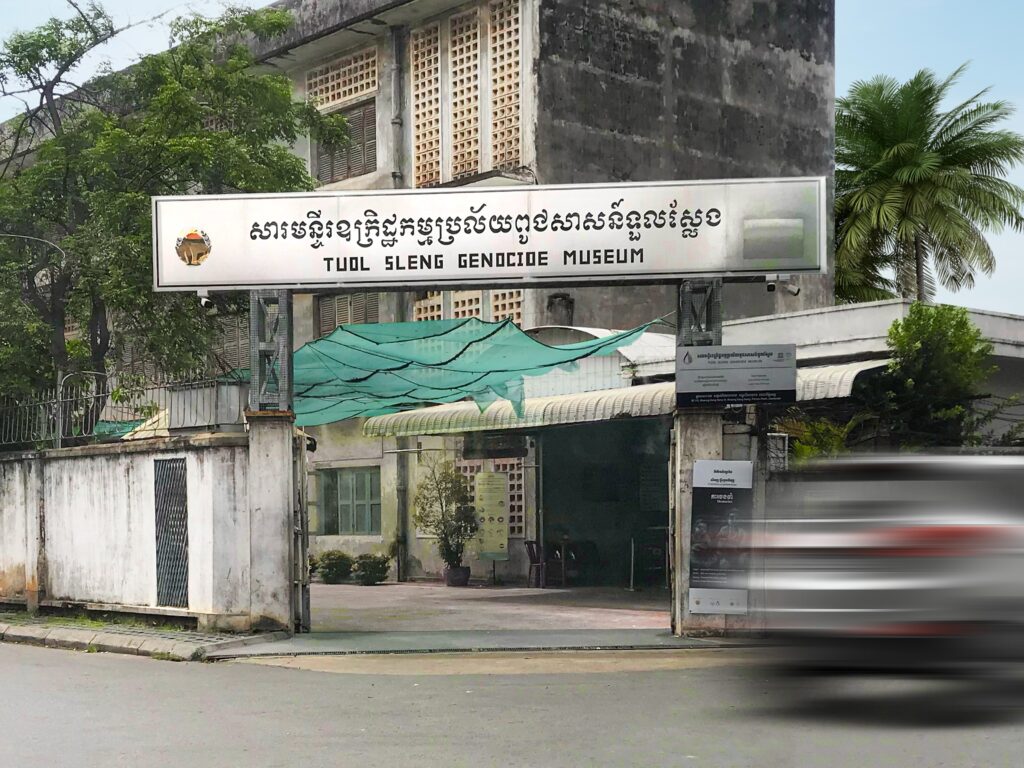
Vietnamese Occupation and the PRK (1979–1993)
In 1979, the Khmer Rouge regime was overthrown by Vietnamese forces, marking the end of the era of Democratic Kampuchea. Cambodia became the People’s Republic of Kampuchea (PRK), with the support of the Vietnamese government. This period marked a return to a certain stability, although Cambodia remained involved in regional conflicts.
The Vietnamese occupation of Cambodia led to international tensions, with the Khmer Rouge and other opposition groups receiving support from various countries, including China and the USA. All these conflicts have strained Cambodia’s political and social fabric.
Modern Cambodian history (1993–Present)
Cambodia’s modern history has been marked by a complex process of recovery, reconstruction and healing. Then, after years of international effort, in 1993, Cambodia held its first democratic elections and emerged from a long period of conflict and turmoil. The country became a constitutional monarchy with a parliamentary system.
Although Cambodia has made significant progress in rebuilding its infrastructure and institutions, challenges remain. Political instability, human rights issues and socio-economic disparities continue to shape the country’s trajectory. However, Cambodia’s rich cultural heritage, breathtaking natural beauty and resilient people are at the heart of its identity.
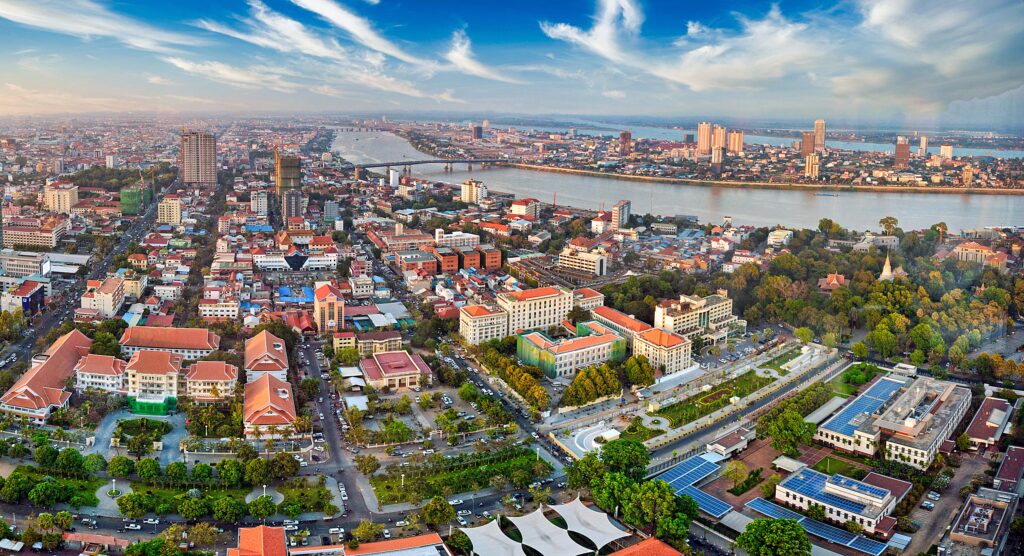
It’s time to come to Cambodia
As we conclude our journey through Cambodian history, we invite you to explore this dynamic nation in all its diversity. The promise of this article is to offer a glimpse into the country’s past, but there is so much more to discover. Don’t wait! It’s time to explore Cambodia’s temples, its lush landscapes, and the warmth of its people. We hope that this introduction to Cambodian history will inspire you to immerse yourself in the fascinating stories, landscapes, and cultures that make Cambodia a unique and captivating destination. Whether you’re planning a trip or simply looking to deepen your knowledge, Cambodian history is a gateway to a world of wonder and discovery.
